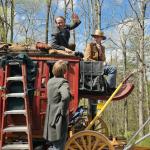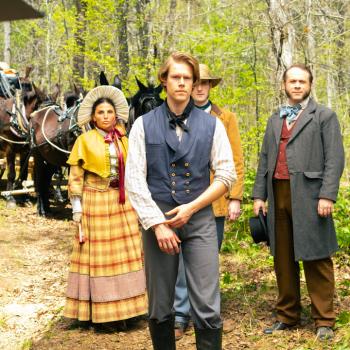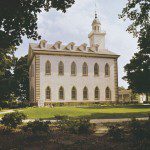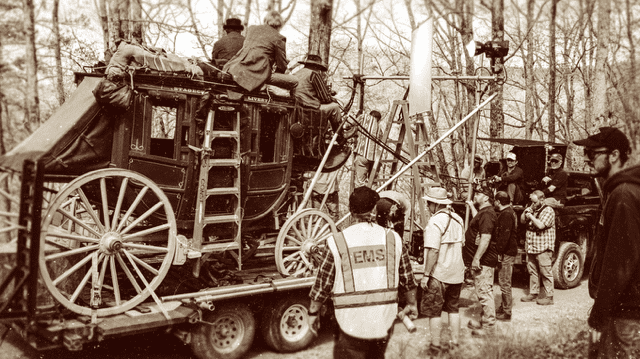
New today in Interpreter: A Journal of Latter-day Saint Faith and Scholarship: “Review of Two New Theories about the Lamanite Mark Recently Presented in Two Different Forums,” written by Clifford P. Jones:
Abstract: T. J. Uriona has offered two new theories about the meaning of Nephi’s term “skin of blackness” in 2 Nephi 5:21. He suggests that Nephi’s term may indicate impending death and/or it may be a literal reference to diseased or deathly skin. Both theories are based on a motif in an ancient Neo-Assyrian treaty that curses people to have skin as black as pitch and crude oil. I submit that these two theories are inconsistent with the larger context in the Book of Mormon.
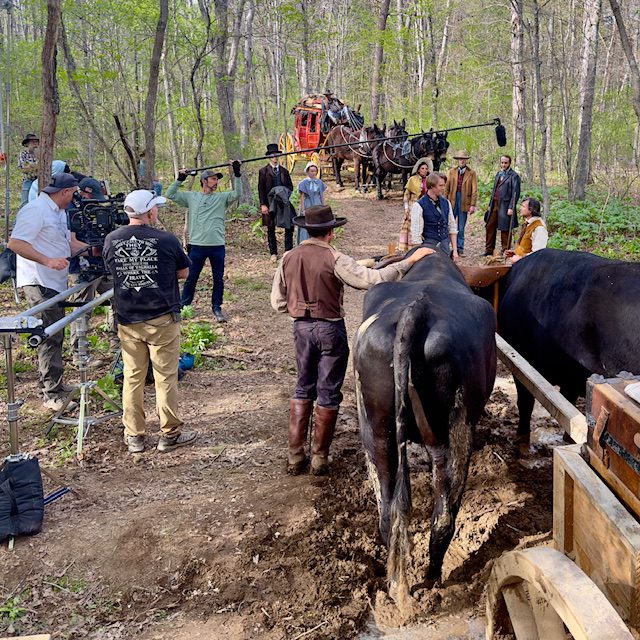
I’ve already posted a trio of blog entries (here, here, and here) drawing on Amy Tanner Thiriot, Slavery in Zion: A Documentary and Genealogical History of Black Lives and Black Servitude in Utah Territory, 1847-1862 (Salt Lake City: University of Utah Press, 2022). Here is another one. The biography on the back of the book says that Sister Thiriot is “an independent historian and adjunct university instructor in the BYU-Idaho Family History Research program.”
I suppose that the basic thrust of what I’ve been trying to report in these posts is that, while racial attitudes among Latter-day Saints in the nineteenth century and into the twentieth were not ideal — they don’t measure up even to twenty-first-century secular ideals, let alone to the Lord’s perfect standard — they weren’t nearly as bad as some have hoped and others have feared. They weren’t as good as we might wish. Although reading Slavery in Zion wasn’t easy (in any sense), it has been quite helpful to me in fleshing out what I had already suspected to be the case. There’s plenty to make us cringe in the historical record. But there are, surprisingly, a few things to make us feel perhaps just a tiny bit of pride or, at least, relief.
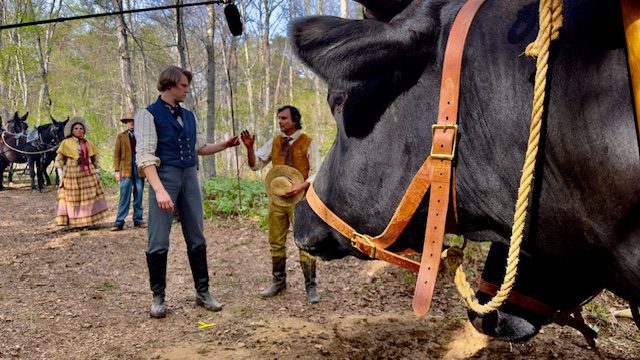
On Old Folks’ Day in 1894, four thousand people streamed into Saltair, a resort on the shore of the Great Salt Lake. The gathering was an annual event for elderly residents of Utah Territory, and that year honored the surviving members of the first Latter-day Saint wagon company to enter the Great Salt Lake Valley. Members of the organizing committee pinned badges reading “Pioneer – July 24, 1847” on the chests of each of twenty surviving members of the first wagon company and sat the men in comfortable chairs on the podium. Greek Flake, who was enslaved when he entered the valley, sat in a place of honor between former enslaver A. O. Smoot and Smoot’s adopted son, William C. A. Smoot.
Energetic speeches, musical numbers, laughter, cheers, and applause filled the day. Speakers included Green Flake and Wilford Woodruff, by then the president of the Church of Jesus Christ of Latter-day Saints. Flake said, “[T]hat he was proud to be of that honorable and honored body.” President Woodruff told the crowd, “You see today a remnant of that band and we are now aged men. . . . The pioneers had a work to perform and they did and are doing it well, but labor yet remains to be done.”
Then President Woodruff related a humorous anecdote that would probably make most if not all of us cringe at least a bit. But he seems to have told it with affection. (Recall that, when the Saints, newly arrived in the Valley in the summer of 1847, had themselves rebaptized and reconfirmed as a symbol of their recommitment to the Goospel and to building Zion, it was Wilford Woodruff who reconfirmed Green Flake. Their association was a longstanding one, going back at the very least to being fellow members of the original pioneer company.)
He said, “A few days after arrival the pioneers went bathing in Great Salt Lake. Green Flake, the colored brother, had taken a swim with them and when he came out he was white.” [Presumably, Brother Flake was encrusted with salt.]. He [President Woodruff] continued, “It was the first miracle wrought in the valley. When he bathed in fresh water his original color was restored.”
With a single comic anecdote, Woodruff pinpointed the tension that ran through the life of Green Flake. Flake was Black in mostly White communities in Utah and Idaho, but he found meaning and camaraderie in his place in history. When Flake carved his own gravestone from limestone from the mountains above the Salt Lake Valley, he chose as the inscription the scripture, “In my Father’s house are many mansions,” leaving as his final words a reminder of the inclusivity and universality he found in the doctrines of the new religion, but which he and his fellow Black pioneers rarely experienced as residents of a largely White Latter-day Saint community. (134-135)
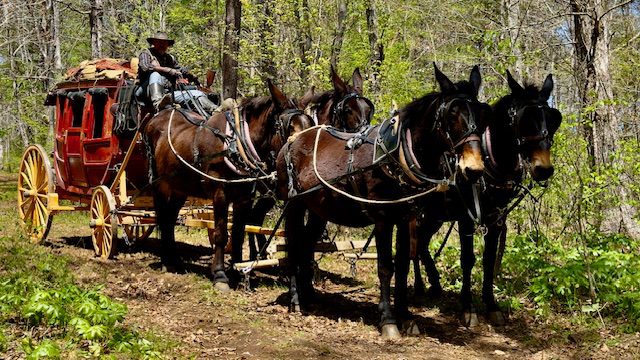
A. O. Smoot’s son Reed Smoot became a Latter-day Saint apostle and US senator. In 1903, he invited Black Republicans to a political dinner, including William Wesley and Elizabeth Austin Taylor, the owners of the newspaper Utah Plain Dealer. The national press was aghast. “Considerable comment has been aroused in Utah over the action of Senator elect Reed Smoot in seating some negroes at a banquet with white people and having white girls serve them,” wrote a journalist. “The Southerners now living in the state express themselves on the subject with especial vigor. ‘And to think,’ said one of them to-day, ‘that Smoot’s father was a Kentuckian and slave-holder. It must have made the old man turn over in his grave.’” Reed Smoot explained to the press: “If President Roosevelt is not too good to entertain a colored man [Booker T. Washington] at the White House, I don’t see why I shouldn’t have colored people as my guests.” Although the unnamed Southerner assumed that A. O. Smoot would not be seen in the same social space as Black people, a few years earlier at a celebration of the territory’s settlement, Smoot and his adopted son, William C. A. Smoot, sat on the platform with Black pioneer Green Flake between them. Despite any veneer of friendship, however, relationships like these were not equal. Flake’s son and daughter and foster daughters did not have the same access to social, religious, and economic opportunities as the Smoot children and grandchildren. In 1897, Alexander Bankhead approached Smoot’s son A. O. Smoot II for a letter supporting Bankhead’s attendance at a pioneer celebration. Smoot was happy to write one. He called Bankhead “one of the ‘whitest Negroes’ living,” both confirming the color line but also providing a reason why he thought Bankhead could cross it for the event. (81-82)
As I say, there’s plenty here that is cringeworthy but, overwhelmingly, the horrors of plantation slavery and chattel servitude (and their often brutal aftereffects) are absent. For which I’m grateful.
Posted from Detroit, Michigan


